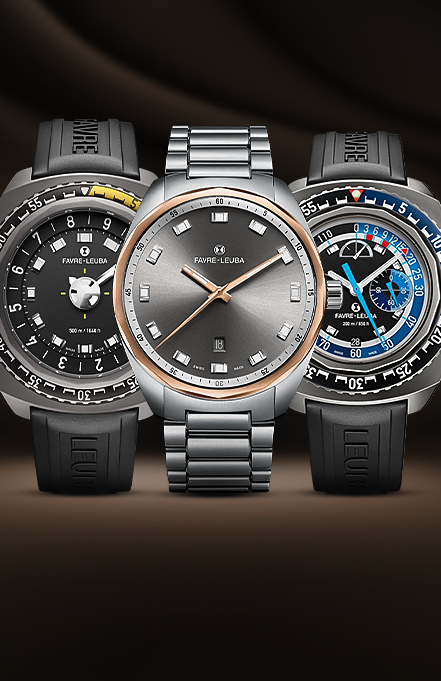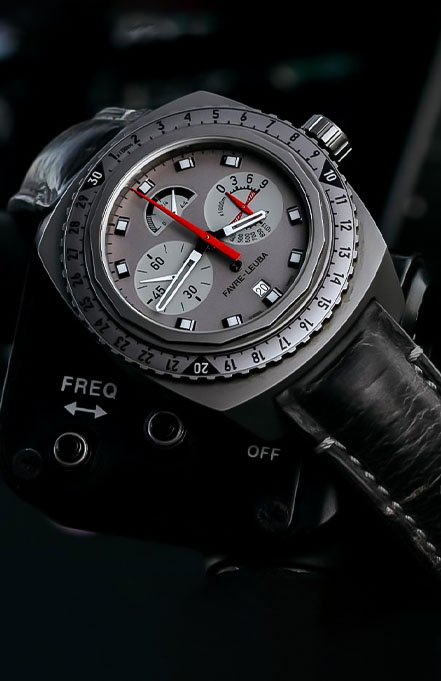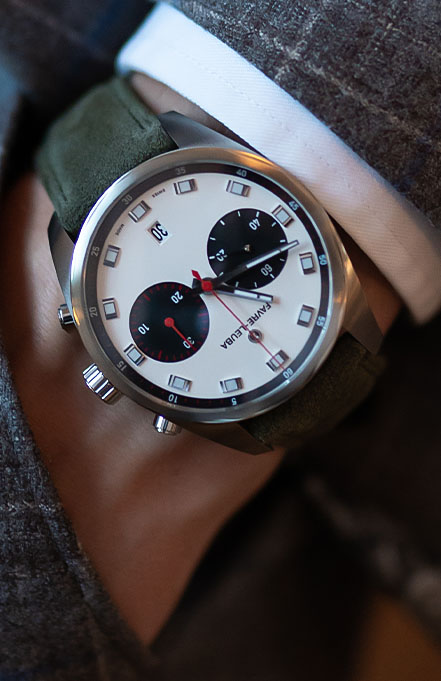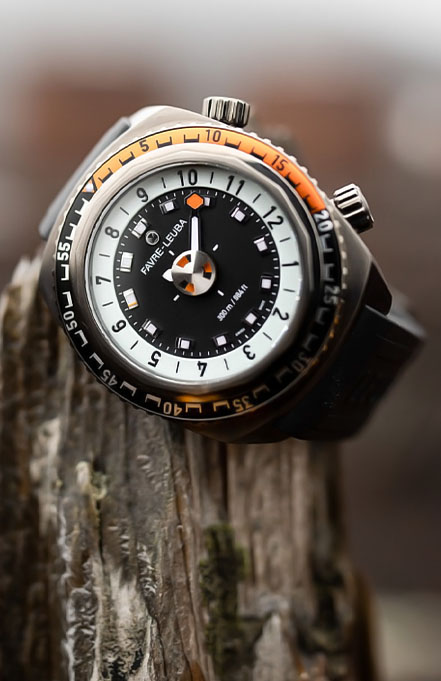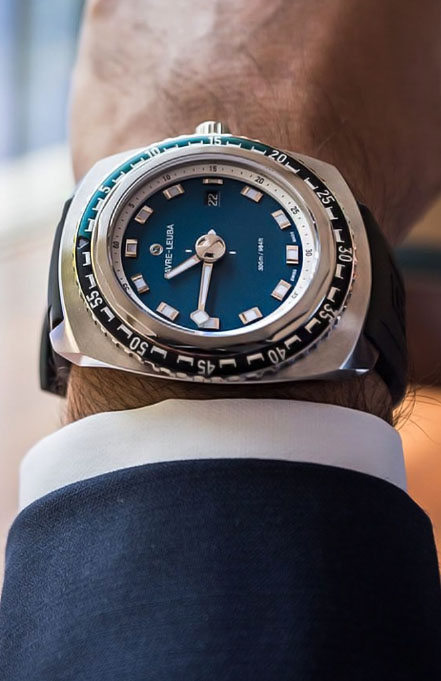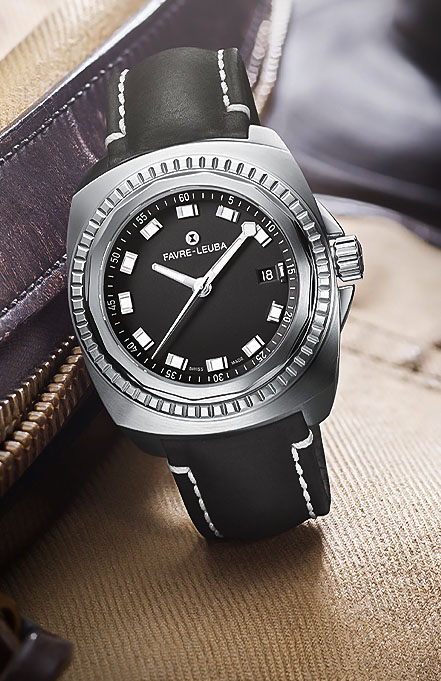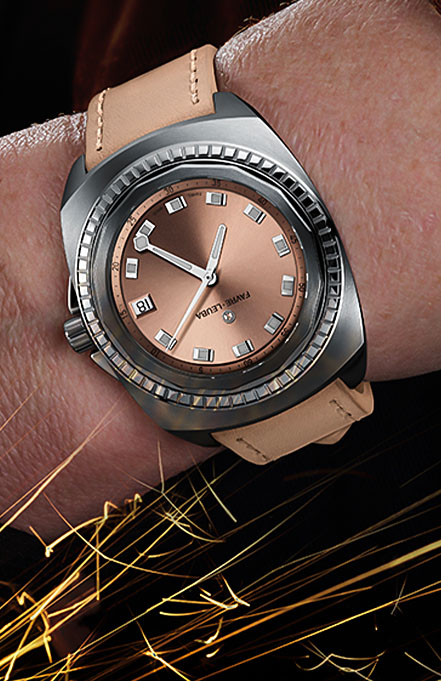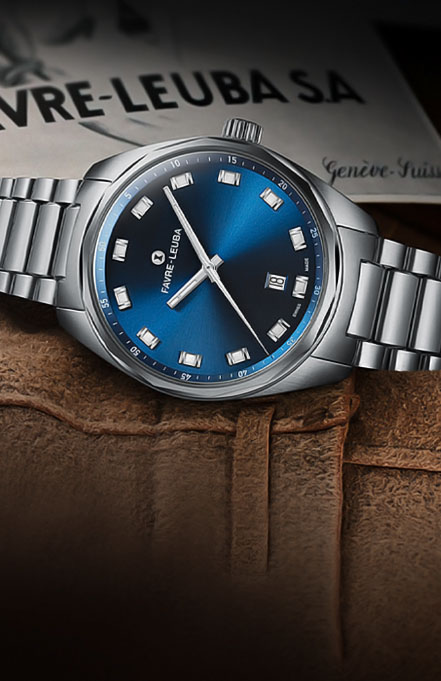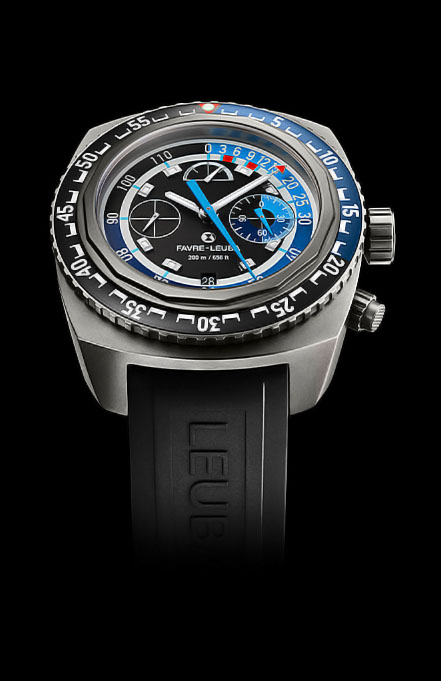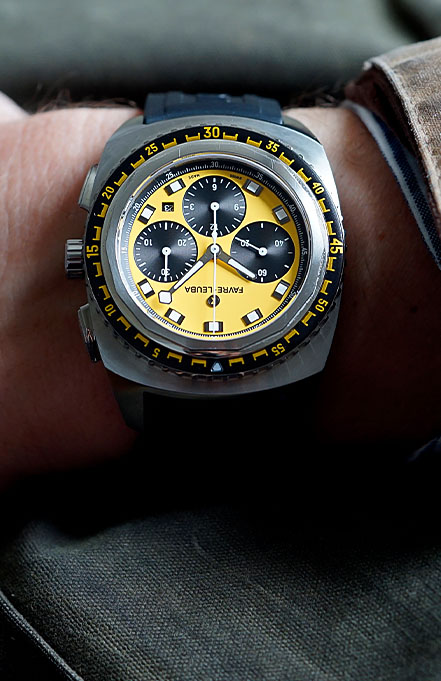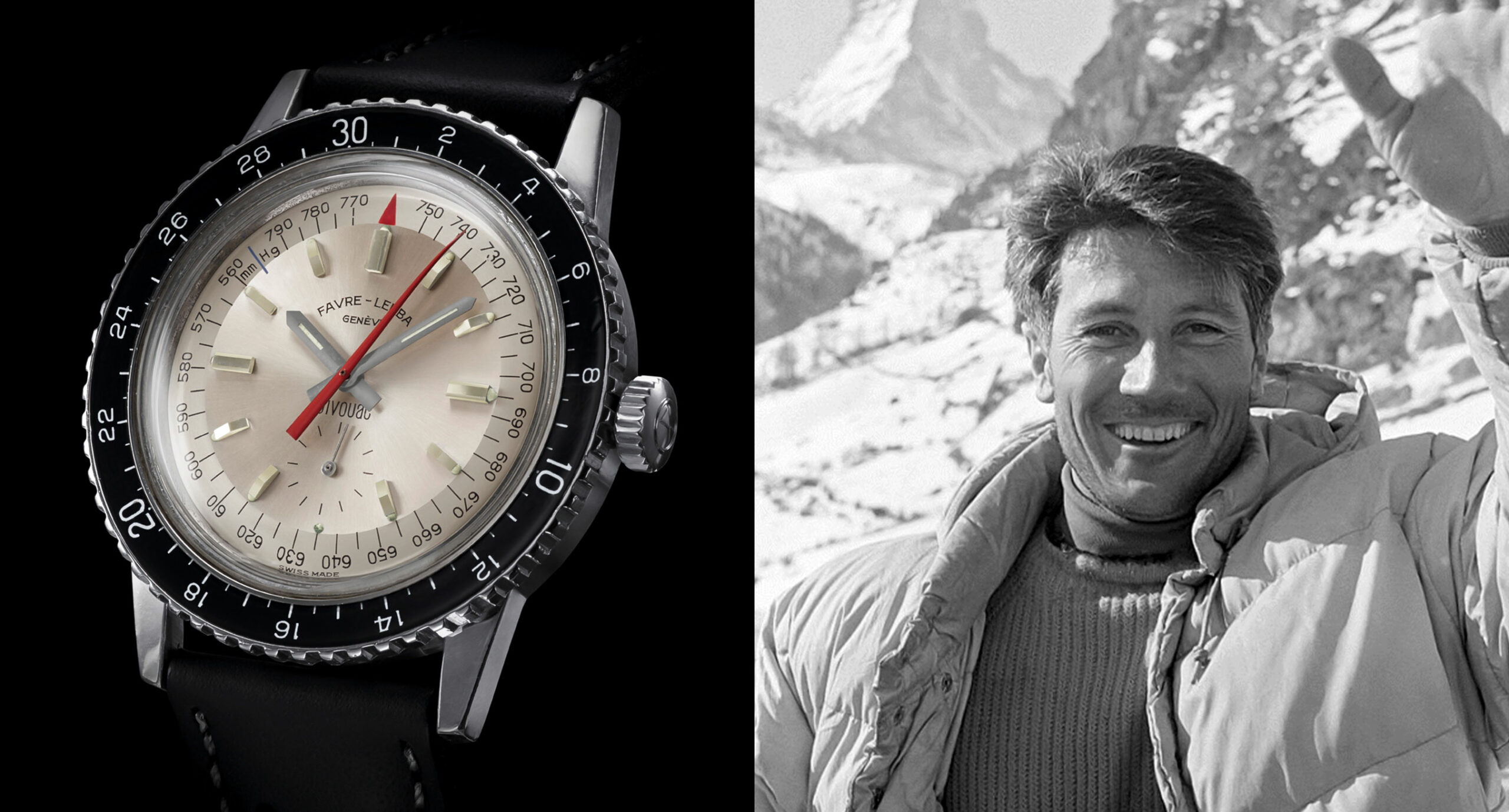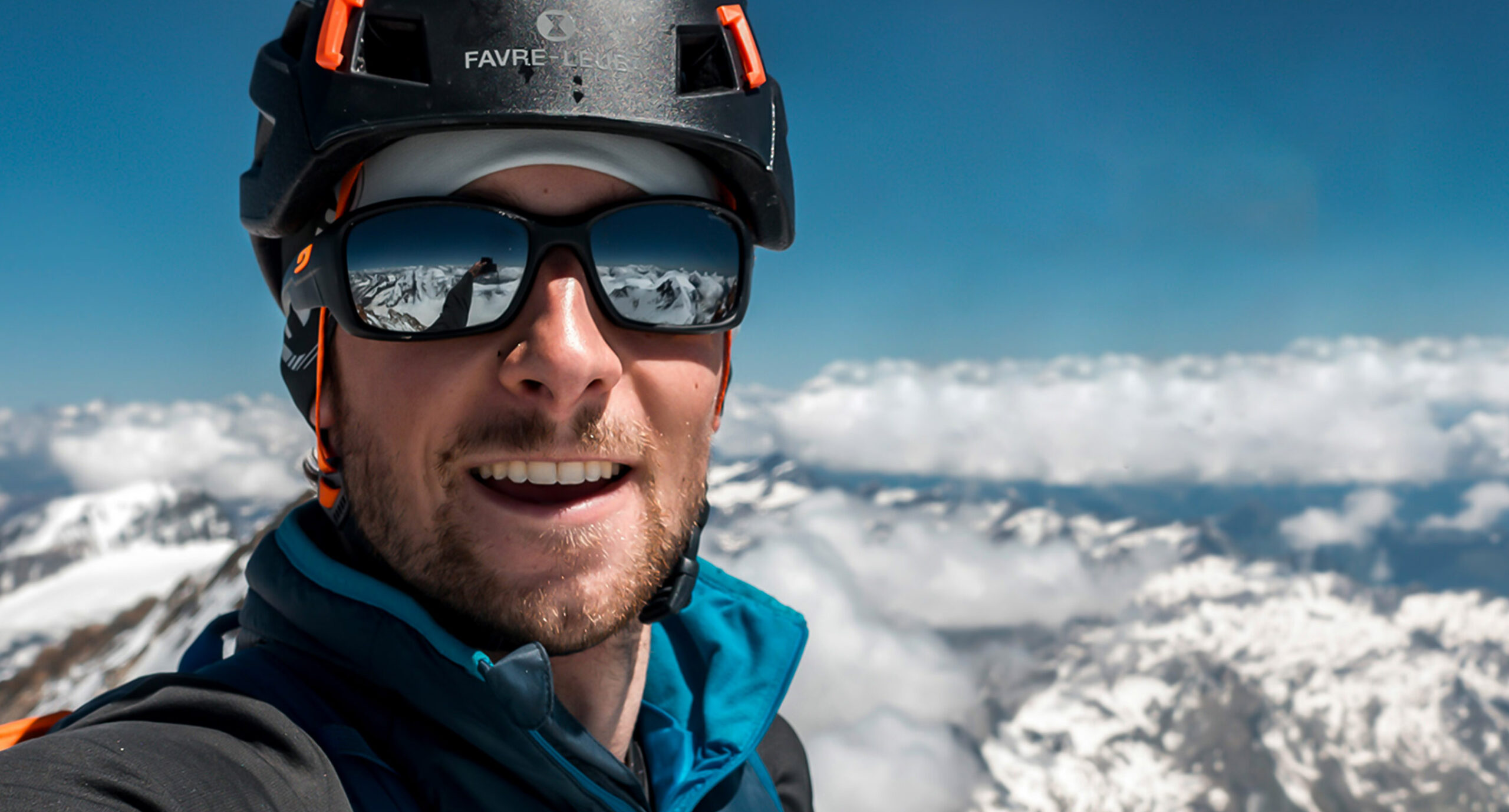Four and a half years ago, I climbed my first mountain in the literal sense; six months later, I quit my day job to commit my life to #ConqueringFrontiers as a professional adventurer and storyteller. Ultimately, I aspired to climb the unclimbed in the Greater Ranges and teamed up with Swiss watch brand Favre Leuba, my companion alpine watch on this adventure.
New Zealand’s rugged Southern Alps, with their massive prominence and expeditionary nature of access–combined with close proximity to liveable towns–seemed like the perfect training grounds. With my life partner, Priya Mareedu convinced to come along for the ride, it was decided. A year of #ConqueringFrontiers in the Southern Alps was in order.
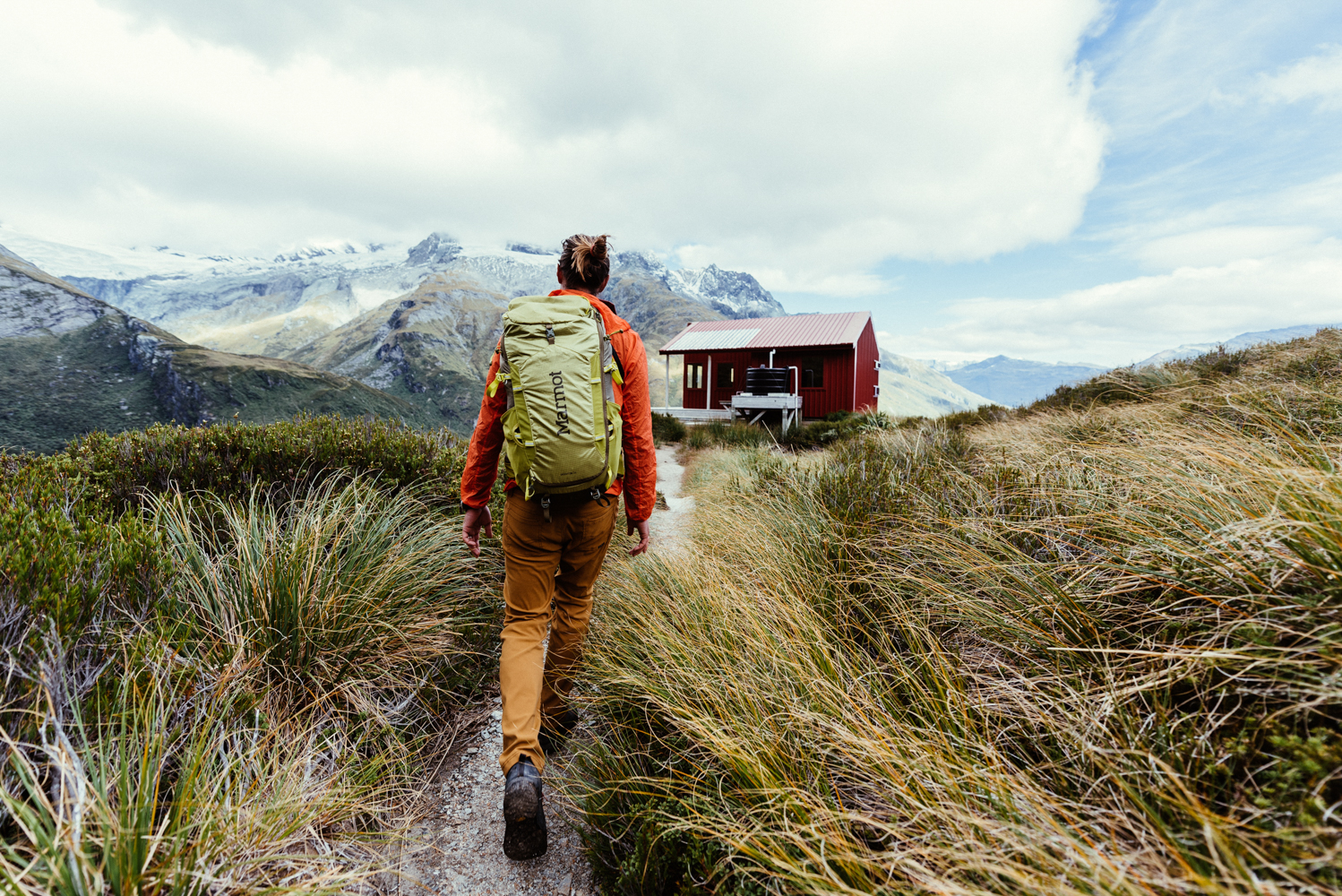
The plan was simple: move to New Zealand; rent a house in Wanaka, at the heart of the Southern Alps; then climb big mountains. I figured that step two would follow within a week of step one, and that step three could then be accomplished (at least a couple of objectives) by the end of the summer.
The problem was, Priya and I moved (with six duffels of gear) from the United States to Wanaka, a tourist-centric town, in the middle of the high season (summer.) Renting a house to settle in and use as our home base for the year proved to be a bigger hurdle than either of us anticipated. Two weeks and 13 home viewings later–followed by 10 applications and 10 subsequent rejections, we were stumped. All we wanted to do was call that town our home. Why wouldn’t they let us in?
Feeling frustrated, but not totally down-and-out, we rented a small storage unit on the outskirts of town where we could store all of our gear. We needed a break from rejected applications–and sleeping in the back of our car. The weather forecast called for one day of the sun: Not enough time to climb a big peak, but enough to get above the tree line, seek new perspectives and give our heads a chance to clear. We headed out for the hills. Our friend William Woodward was travelling in New Zealand and came along for the hike. Our destination was the Liverpool Hut: four hours into the Matukituki Valley; and then two straight up.
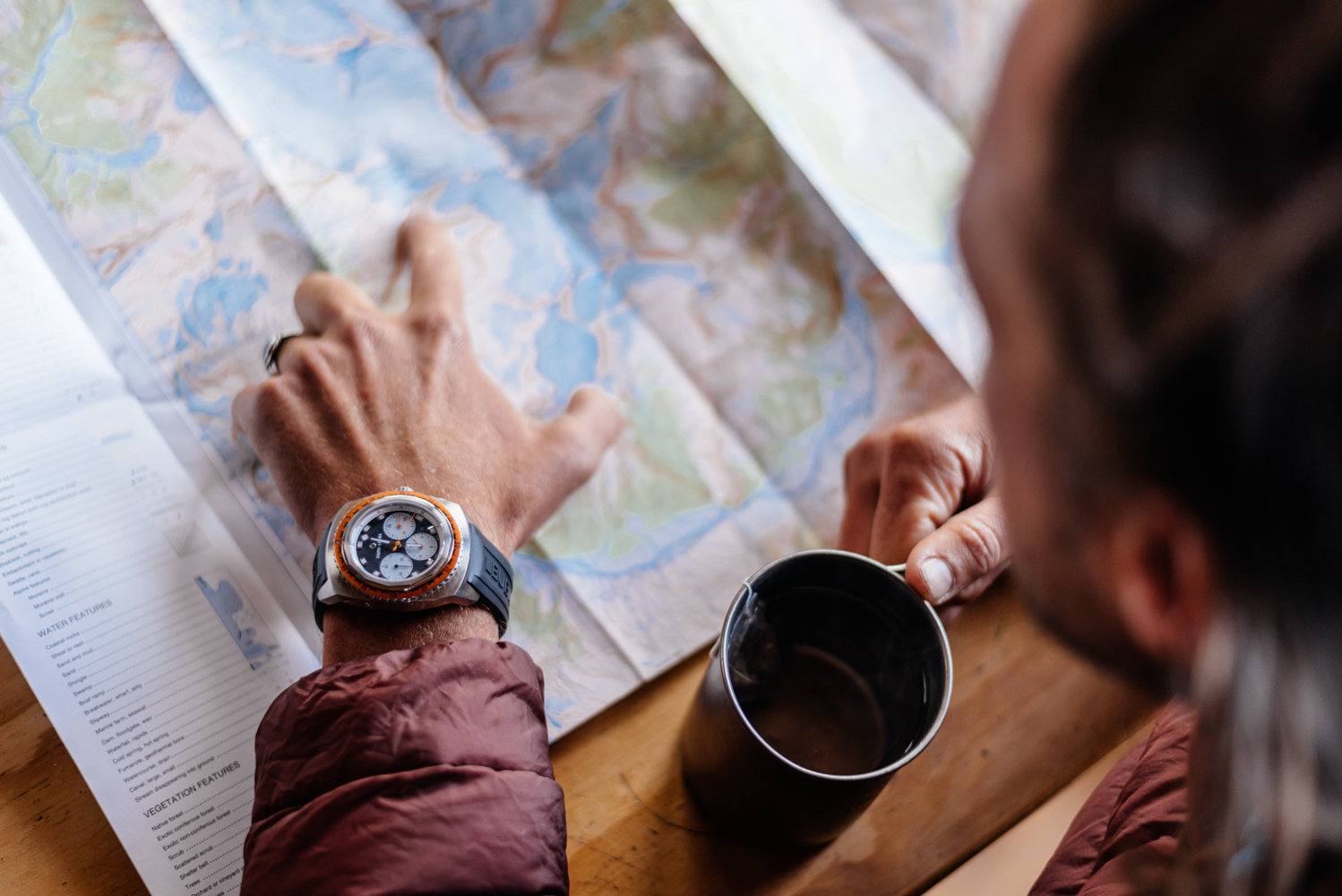
Upon our arrival at the exposed red abode, William and I lightened our loads, checked the time on my Swiss watch, the Sea Sky, and set the chronograph: We’d have three hours to explore up high before the rain was scheduled to start falling out of the sky.
Grassy tussock slopes led us away from the hut and onto the rocky ridgeline of Mount Barff, a prominent glaciated peak, which would offer views of Mount Aspiring–the south face of which I aspired to climb–on a totally clear day. William and I climbed as far as we dared without the safety of ropes; and as the sun began to disappear behind a wall of grey, we downclimbed the mountain’s grey slabby slopes.
Soon afterwards William and I arrived back at the hut; the three of us were greeted by a Kea–New Zealand’s native alpine parrot–the only of its kind in the world; with fewer than 5,000 left alive. The curious (and oftentimes mischievous) bird stayed with us for the better part of an hour. We each observed the other in kind; it felt like the warmest greeting that we had received since arriving on the island. Then the rains began; our wild host was into the wind.
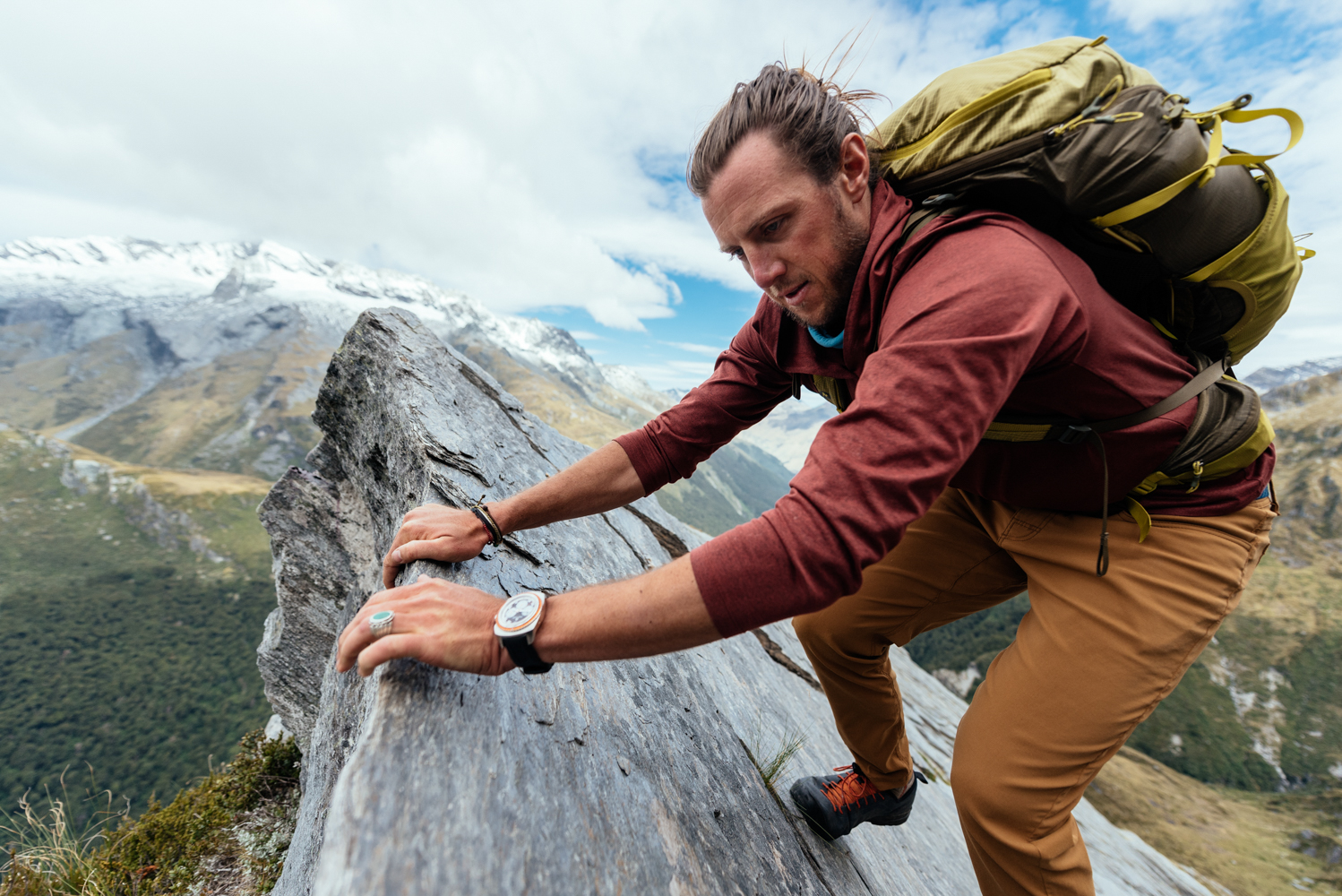
The hike up to Liverpool Hut was incredibly difficult for Priya–the terrain more challenging than anywhere she had ever been. That night while curled up in our sleeping bags and listening to the rain, we had a long talk. The key to #ConqueringFrontiers, we discussed–whether at home or abroad, or on an adventure or in everyday life–is the “Acceptance of Circumstance.” We can’t control what happens, but we can control our reactions to it. The most straightforward reaction is acceptance, which provides a path toward solutions. Sleep came quickly after that.
The next morning we packed up our gear and began to hike out. Gone were the expansive mountain views we had had the day before–replaced with heavy sheets of grey and silver liquid spray. The path down had been transformed into a river; the only way out was through. A thousand meters down in the valley; despite the inclement weather and torrential rains, our spirits had been lifted. Perhaps it was the new perspective–or it was the gale force winds. Whilst in this situation, the lesson we had learned was that we must accept our circumstances. Rain creates rivers to cross. If your feet are going to get wet, you might as well jump in.
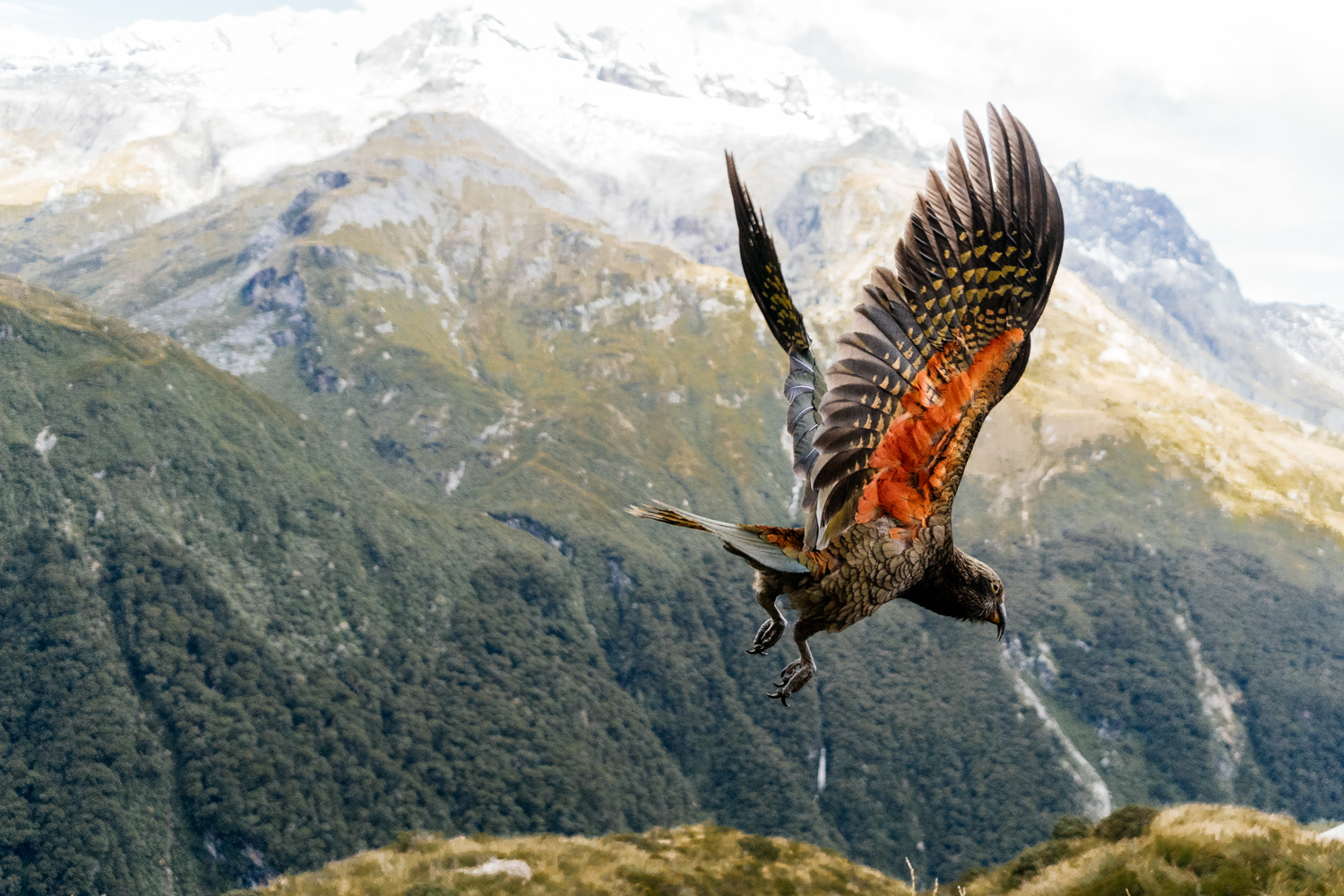
ack in Wanaka, Priya and I discovered a newfound resolve. We accepted the challenge of the task at hand; we were going to find a place to call home. So, we gave it our all. With a new plan of attack, an application was submitted for our dream house. That led to an interview with the owners–which led to an eight-month lease. Five weeks later we were off the streets. Finally settled, it was time to plan and time to train. The Southern Alps beckoned–there were frontiers to be conquered.

